Hanok Guesthouse Dongchonchae [Korea Quality] / 한옥 게스트하우스 동촌재 [한국관광 품질인증/Korea Quality]
3.0Km 2021-03-26
21-10, Jahamun-ro 11-gil, Jongno-gu, Seoul
Built in 1939, Dongchonchae was designated as Seoul Well Hanok by the Seoul Metropolitan City in 2016. In 2020, this hanok (traditional Korean house) received the Certificate of KOREA QUALITY from the Korea Tourism Organization in the Heritage Hanok field in recognition of its historicity and quality of services. Dongchonjae is located in the western side of Gyeongbokgung Palace, at Seochon. When one passes through its main gate, one sees the yard, with anchae (women's quarters), sarangchae (men's quarters), and byeolchae (detached quarters) surrounding the plot. Anchae has four rooms, daecheong (wood-floored main hall), a kitchen, and a restroom. One of the rooms is used for tea ceremonies as well. Outside of the sarangchae and byeolchae, which are the living spaces for the owners, visitors have free access to the numaru (raised open floor) and the yard. The anchae’s rooms “Bom” and “Yeoreum” can accommodate 2 to 3 adults each, while the rooms “Gaeul” (Tea Room) and “Gyeoul” are optimal for two. The building is rented out as a whole, so no more than one group may stay in the building at any given time. Standard occupancy is four persons, and eight is the maximum number. There are two restrooms, one within the anchae building, one out in the backyard.
Cooking is not allowed in the kitchen, but guests are free to bring in outside food. Experience programs on offer include nighttime exploration of Seoul City Wall, tea ceremony, folk songs, and rice cake making. Additional payment is only required for rice cake making. Guests may choose between two types of complimentary breakfast: Korean, which comes with rice, soup, and three side dishes; and Western, which comes with bread, salad, and coffee. There are a 100-in screen and mini projector for film watching in the yard or daecheong. Towels, toiletries, hair dryer, bottled water, traditional tea, and capsule coffee are included. The kitchen is equipped with kitchen utensils, a microwave, and a coffee pot, enough for instant foods. Guests also have access to refrigerator and washing machine
Hotel The Plaza (플라자호텔)
3.0Km 2019-02-07
119, Sogong-ro, Jung-gu, Seoul
+82-2-771-2200
The hotel is ideally situated in the center of Seoul, located close to many office areas, major banks, the hotel, and the city's main public transportation junctions. Namdaemun Gate and many shopping areas are not too far, making it convenient for business guests and tourists alike. Also, the hotel faces the Blue House and the former City Hall building directly at closer distance, completing a spectacular view over Seoul.
Won Gopchang (원곱창)
3.0Km 2021-03-20
105, Sajik-ro, Jongno-gu, Seoul
+82-2-722-2934
A place that sells grilled intestines loved by Koreans. The best menu at this restaurant is grilled beef reed tripe/grilled pork intestine. This Korean dishes restaurant is located in Jongno-gu, Seoul.
Namsan saenggogijip (남산생고기집)
3.0Km 2021-03-22
21, Toegye-ro, 20-gil, Jung-gu, Seoul
+82-2-3789-9721
A hidden restaurant frequented by locals in Myeong-dong. This restaurant's signature menu is grilled pork belly. This Korean dishes restaurant is located in Jung-gu, Seoul.
Residencia Sangchonjae (상촌재)
3.0Km 2023-08-17
Jahamun-ro 17-gil 12-11, Jongno-gu, Seúl
Igamyeonok (이가면옥)
3.0Km 2021-03-18
33, Jahamun-ro, 1-gil, Jongno-gu, Seoul
+82-2-3210-3337
A cold buckwheat noodles specialty restaurant located near Gyeongbokgung (Government Complex-Seoul) Station in Seoul. Hamheung-style naengmyeon (Korean cold noodle) restaurant. The most famous menu is cold buckwheat noodles with raw fish.
Manga (만가)
3.0Km 2021-03-26
103-19, Sajik-ro, Jongno-gu, Seoul
+82-2-720-5797
This is a restaurant that sells grilled eel, which is known as a health food. This Korean dishes restaurant is located in Jongno-gu, Seoul. The representative menu is grilled eel.
YUKDAEJANG Myeongdong(육대장 명동)
3.0Km 2020-10-30
45, Myeongdong, 8na-Gil, Jung-gu, Seoul
+82-2-775-7555
This is a Korean cuisine located in Myeong-dong, Seoul. The representative menu is Spicy Beef Soup. The favorite store of office workers.
Daenamu Wine Samgyeopsal (대나무와인삼겹살)
3.0Km 2021-03-18
29, Toegye-ro, 20-gil, Jung-gu, Seoul
+82-2-753-7271
It sells pork belly aged with wine. The most famous menu is wine marinated grilled pork belly. A barbecue specialty restaurant located in Myeong-dong, Seoul.
Museo de la Medicina Tradicional Yangnyeongsi de Seúl (서울약령시 한의약박물관)
3.0Km 2023-04-06
Yangnyeongjungang-ro 26, Dongdaemun-gu, Seúl.
Situado en el mayor centro de distribución de hierbas medicinales de Corea y Bojewon (especie de clínica gratuita de la dinastía Joseon), el Museo de la Medicina Tradicional Yangnyeongsi es un espacio cultural establecido para promocionar, conservar y promover la cultura médica tradicional coreana ante el mundo a través de la exhibición de artículos médicos y hierbas medicinales.
Abierto el 13 de de septiembre de 2006, el museo tiene un área de 2.335 ㎡ y expone 420 artículos médicos y 350 tipos de hierbas medicinales. También cuenta con miles de libros y documentos que ayudan a entender fácilmente la información de cada una de las hierbas.
![Hanok Guesthouse Dongchonchae [Korea Quality] / 한옥 게스트하우스 동촌재 [한국관광 품질인증/Korea Quality]](http://tong.visitkorea.or.kr/cms/resource/96/2705896_image2_1.jpg)


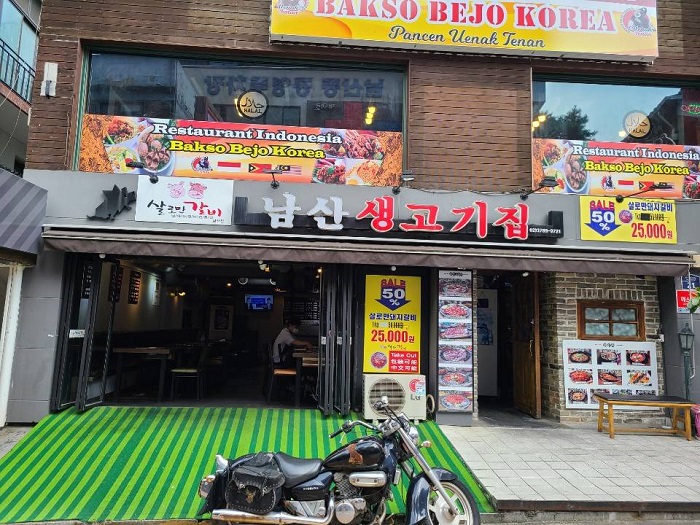
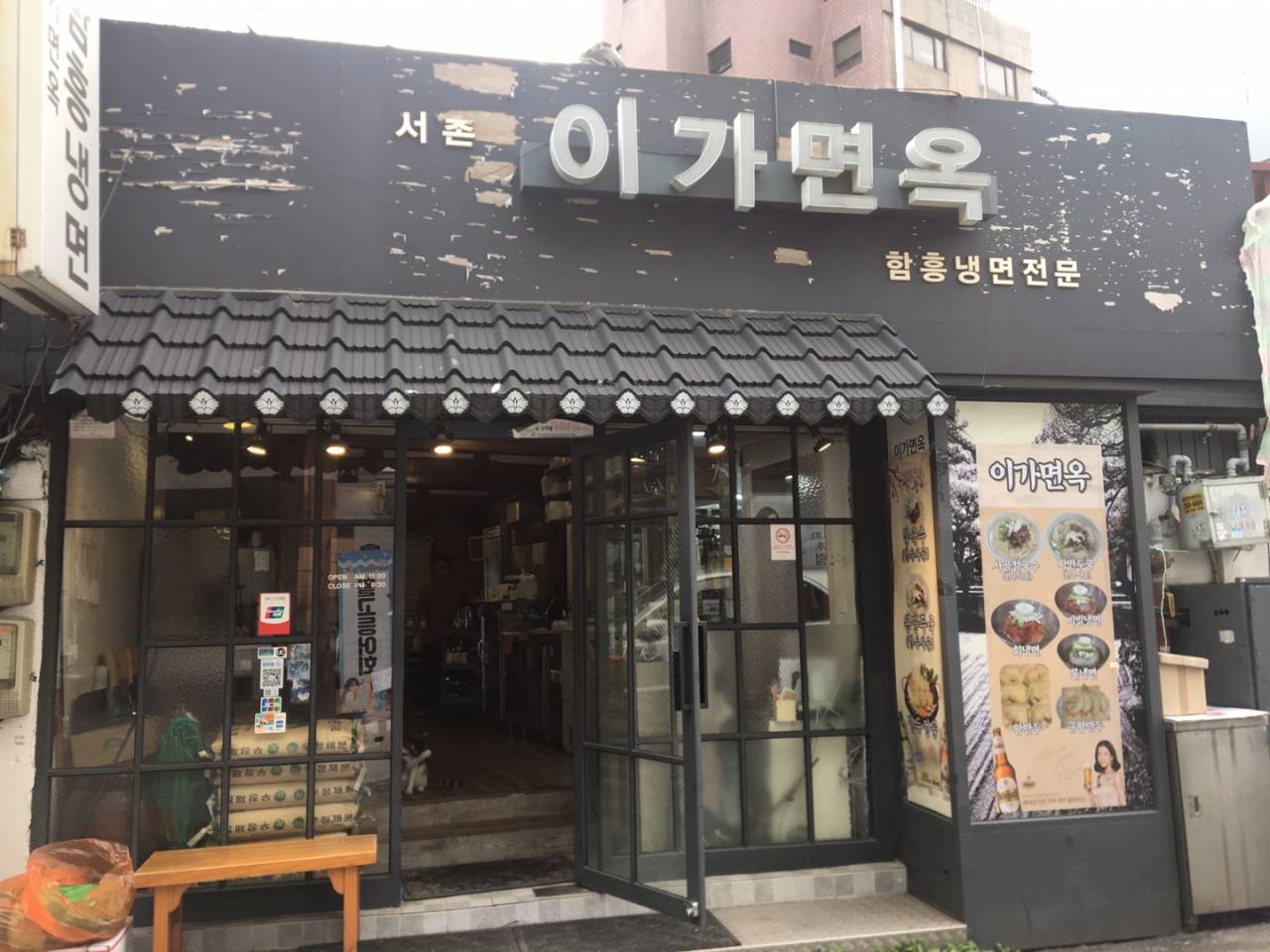
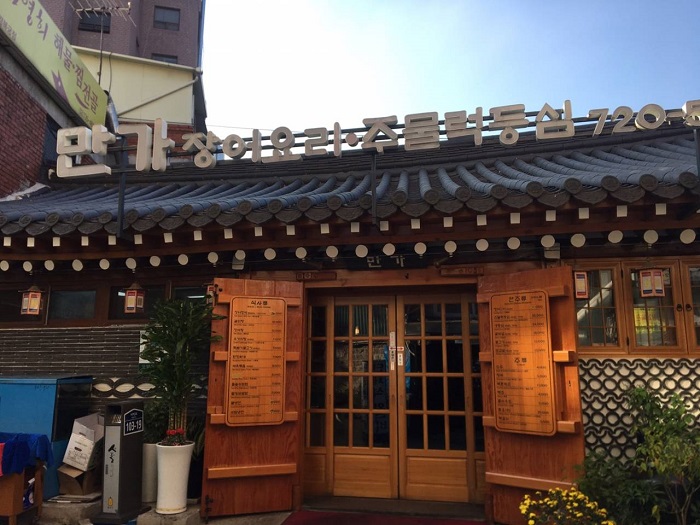
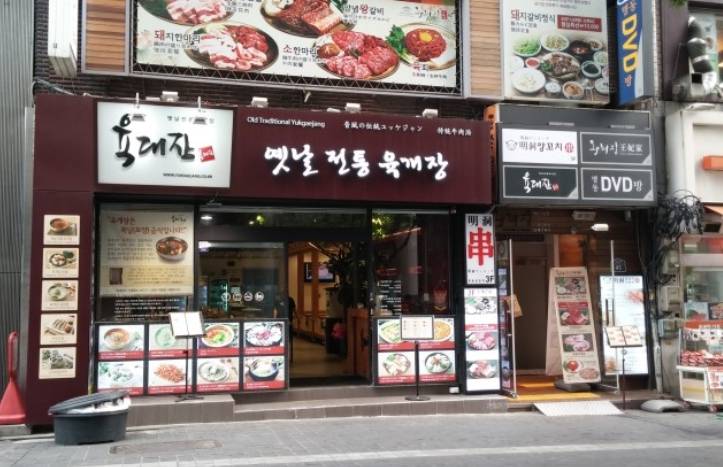
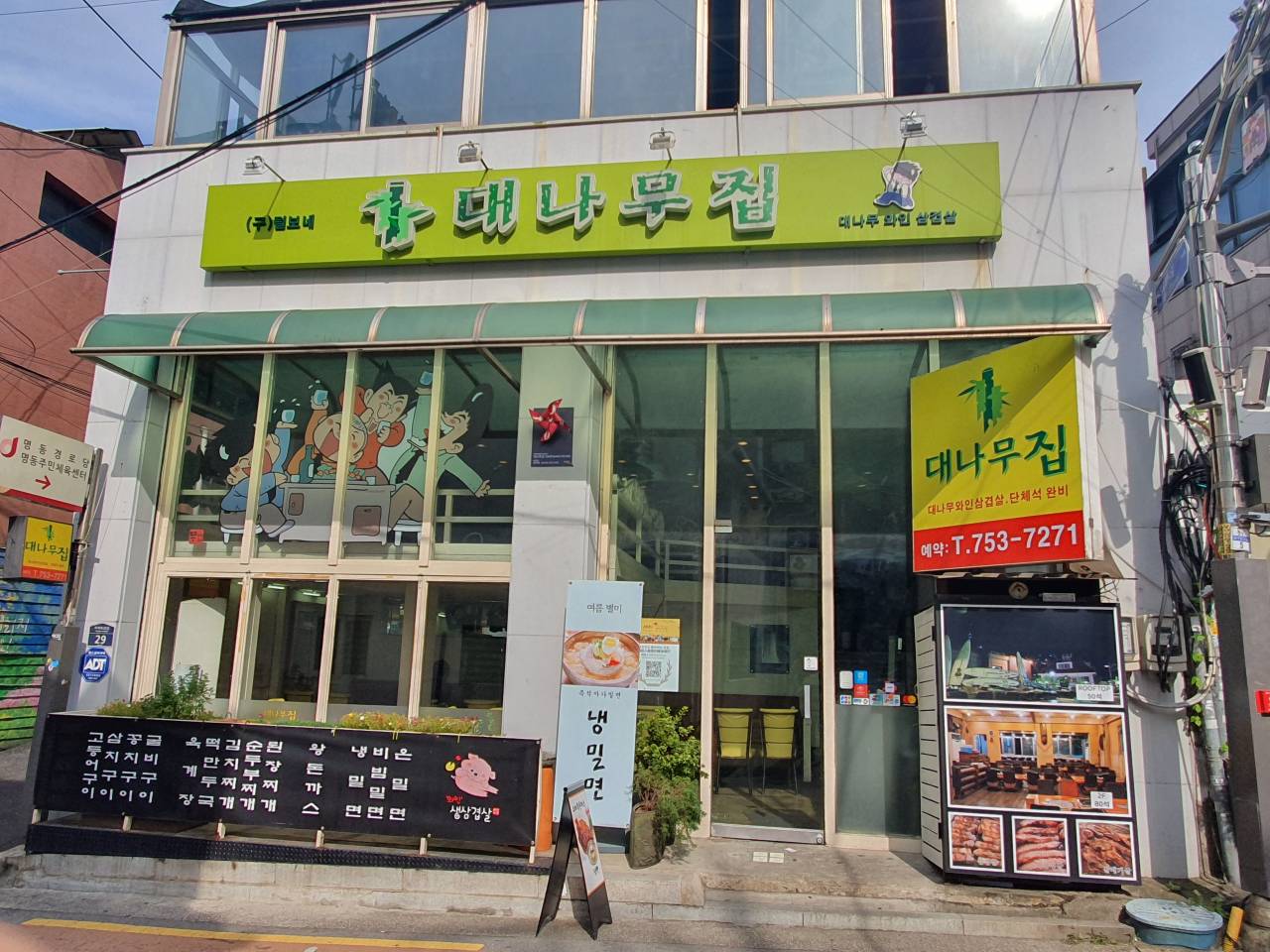
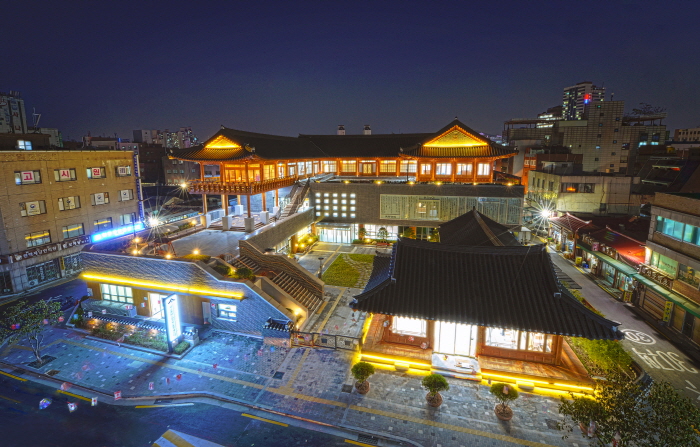
 Español
Español
 한국어
한국어 English
English 日本語
日本語 中文(简体)
中文(简体) Deutsch
Deutsch Français
Français Русский
Русский